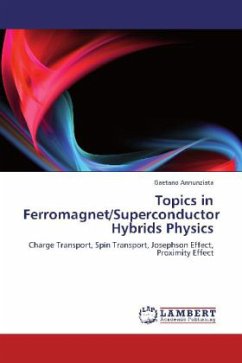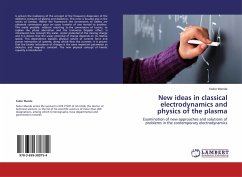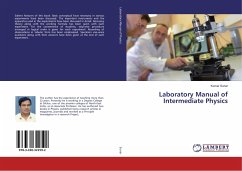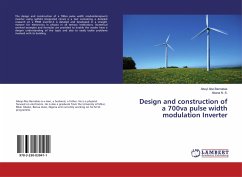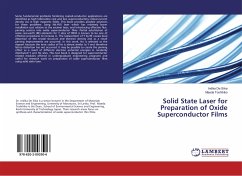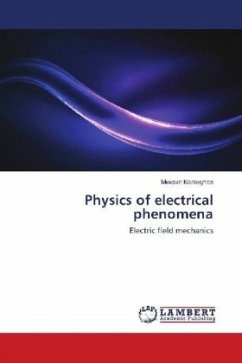Ferromagnetism and superconductivity are usually competing types of order in Solid State systems and the possibility of their coexistence is still an open issue. On the other hand their interplay in hybrid structures like tunnel and Josephson junctions is known to yield extraordinarily rich and exotic physics which has been the foundation for the development of several experimental techniques to probe both ferromagnets and superconductors. Besides the interest from a fundamental physics viewpoint, such systems promise to be crucial for future device applications in Electronics, Spintronics, Information and Communication Technologies, and Quantum Computation. This Monograph focuses on unconventional manifestations of both ordered states of Condensed Matter. It both introduces the subject by reviewing part of the existing literature and it includes original results. Charge transport, Spin transport, Josephson effect, and Proximity effect are analyzed for several types of ferromagnet/superconductor hybrids.
Bitte wählen Sie Ihr Anliegen aus.
Rechnungen
Retourenschein anfordern
Bestellstatus
Storno

